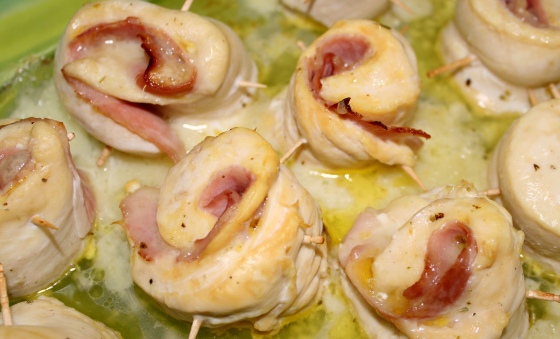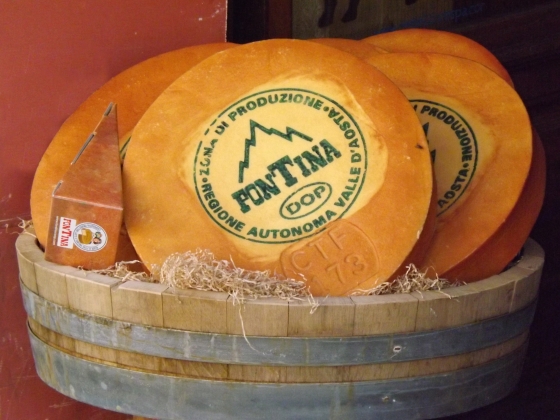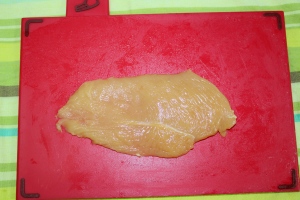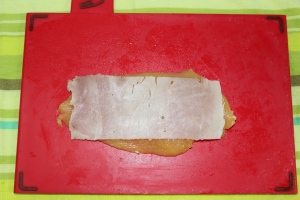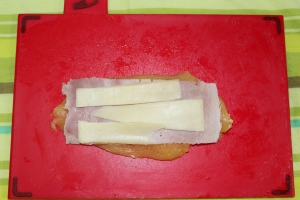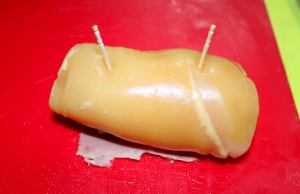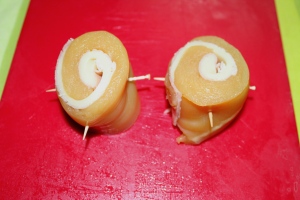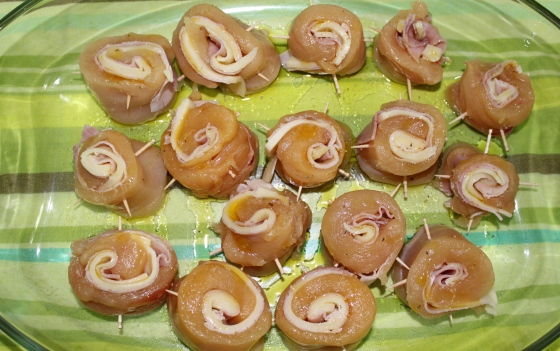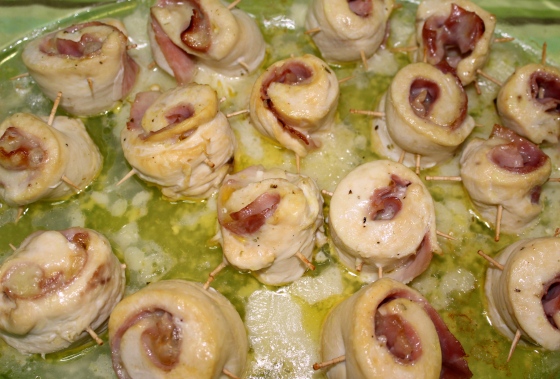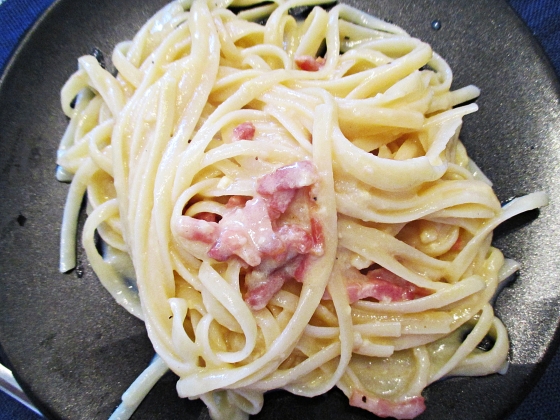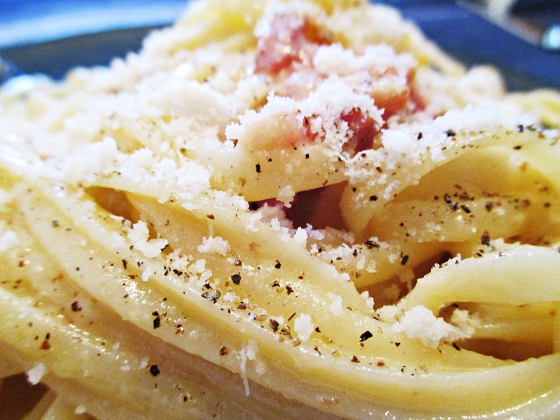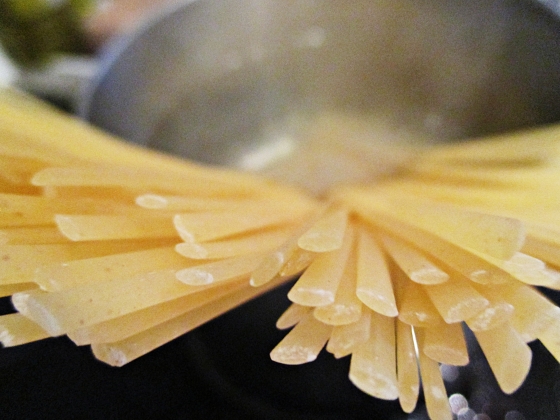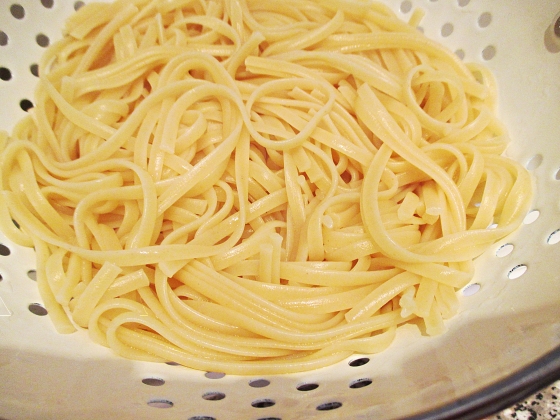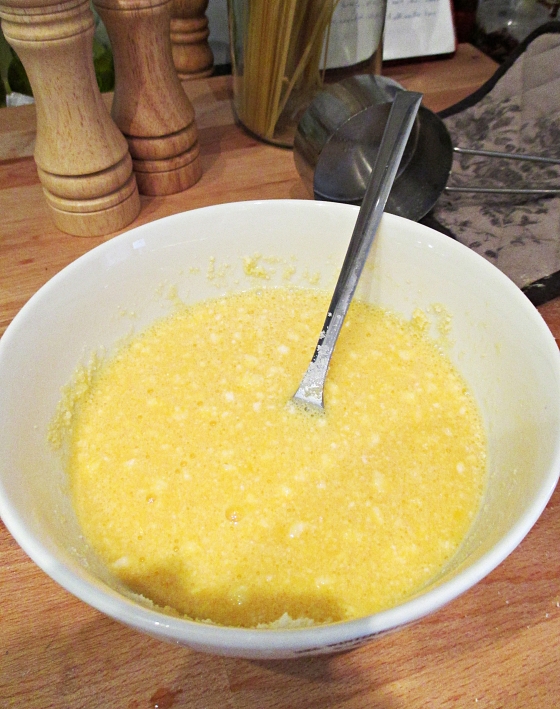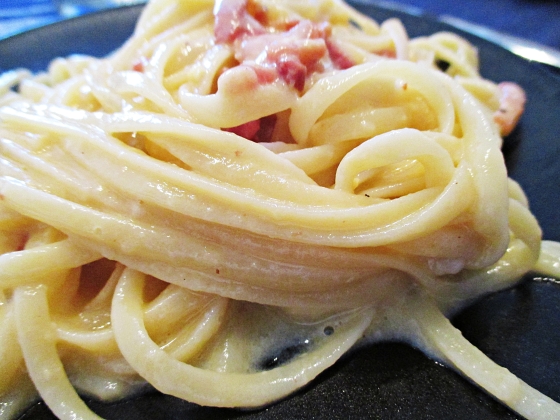Avui he decidit deixar d’explicar-vos la meva vida i escriure sobre formatge. No definitivament, no patiu, però sí que de tant en tant dedicaré una entrada a un formatge en concret (que al cap i a la fi això és un blog de cuina amb formatge, per tant trobo que té com molt de sentit). Doncs bé, el nostre protagonista d’avui és el formatge fontina.
Aquest formatge, que està protegit per una DOP des del 1996, es produeix a la Vall d’Aosta, als Alps italians, allà a la frontera amb França prop del Mont Blanc. Per poder ser DOP (que es veu que aquesta DOP és una de les més restrictives dels formatges italians) només es pot produir amb tres races de vaca: valldostana peu vermell, valldostana peu negre i valldostana castana (no em mireu així, jo tampoc sabria diferenciar-les, per mi les vaques poden ser blanques i negres o marrons, i aquí s’acaba l’especiació). S’elabora durant tot l’any, però es veu que el millor formatge es produeix a l’estiu, que les vaques se’n van a pasturar a més altitud (deuen tenir calor, pobretes) entre 1800 i 2300 metres i s’alimenten només de pastures riques en essències aromàtiques que li donen una aroma característica a la llet (que els hi donen farigola a les vaques perquè el formatge sigui més bo, vaja). Quan es fa així, es diu fontina d’alpeggio.
Tot això és molt bucòlic, però després resulta que deixen madurar el formatge en antigues excavacions a la pedra de la muntanya per guardar l’arsenal militar durant la Segona Guerra Mundial, reconvertides en caves. De fet, ben mirat, allà on abans hi feien armes ara hi fan formatge, rotllo no a la guerra sí al formatge, que trobo que és poètic i tot.
El primer registre de la producció d’aquest formatge data del 1717, a l’hospici del Gran San Bernardo i actualment se’n produexien unes 350.000 unitats a l’any. Hi ha tres hipòtesis sobre l’origen del nom: alguns diuen que ve de l’alpeggio Fontin, que són les pastures de la comuna de Quart (que potser és la hipòtesi que trobo més lògica), altres diuen que ve de Fontinaz, una localitat de Saint-Marcel (suposo que els francesos també volien protagonisme) i uns altres que ve senzillament del nom d’una família de formatgers (estareu d’acord amb mi que és la hipòtesi amb menys glamour).
No us en puc descriure el gust, l’heu de tastar. És bo, molt molt bo. Això de la farigola de les vaques deu funcionar.
Ham and Cheese Chicken Rolls
Servings: 6
Prep time: 50 min
You will need:
- 4 chicken breasts
- 8 ham slices (or less, depending on the size of the slice)
- Fontina cheese (no exact amount here, just buy one small piece and we’ll think of other recipes to use up the leftovers 🙂 )
- olive oil
- salt (for an extra flavour I used a herb salt)
- toothpicks (about 16)
Start by eliminating all the nasty-yellowish-extra fat is usually attached to chicken breasts, and any possible bits of bone or other parts of a chicken’s anatomy that you don’t wish to eat. Then, with a good knife (I mean a really good cutting knife, well sharpened, not a regular it-sort-of-cuts-when-you-apply-enough-pressure-on-it kind of knife, and more of a I-keep-this-around-in-case-Chucky-ever-drops-by kind of knife) slice each chicken breast horizontally, so that you obtain two roughly equal slices of each breast.
Now cut thin slices of the fontina cheese (the thiner the slices are, the easier the assembling part will be) and cut your ham slices to make them be the size of the chicken breast (aprox). Preheat your oven to 180ºC, drizzle a little olive oil on an oven proof dish and get ready for some rock-and-rolling experience.
Take one chicken slice and layers the ham and cheese on top. Now roll it up carefully, pressing with your hands to prevent it from falling appart and to keep all the cheese in its place. We do not want to lose the cheese. At this point you should cut the roll in two, which can be critical for our save-the-cheese movement. Here’s the trick for a cut that will cause no cheese casualties: stick one toothpick in each side of the roll. This way the rolls will keep their shape and you won’t end up having a chicken-cheese-ham mess (which I got until I discovered the toothpick thing). Finally stick another toothpick into each roll, perpendicular to the first. The whole process should look something like this:
Place all your rolls vertically on the greased dish and sprinkle some salt on top (at this point you could add some herbs, like thyme or rosemary).
Bake them for 20 min and that’s it! Serve with a salad or with something to scoop up the excess melted cheese, like potatoes, pasta or rice. Remember, never waste cheese!
Enjoy!
